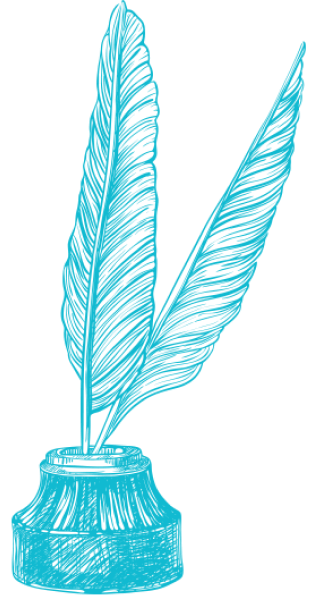
“There must always be two kinds of art: escape-art, for man needs escape as he needs food and deep sleep, and parable-art, that art which shall teach man to unlearn hatred and learn love.” — W. H. Auden, 1932.

Text Patterns
May 27, 2010

Does that mean art never teaches hatred?
Just that it shouldn't.
What is the source for this quote? It's fantastic.
He might have been presaging Tolkien and Lewis, respectively!
David, it's an early essay called "Psychology and Art." In The English Auden and the first volume of prose in the Complete Works.
The idea that some art is fantasy and other art is mimetic is not a very useful or true distinction. All art distorts reality in some way or another. (Which is more "real" and which more "true": The Lord of the Rings or reality TV?) More importantly, "teaching" and "escape" shouldn't be seen as distinct functions. Can we not learn something while and through escaping?
I'm also quite skeptical of the opposition between reality and art presupposed by this quote. It implies a knowable and distinct realm of reality that can either be accurately or not accurately represented by art, which leaves art to seem like a sort of bastardized science. Moreover, it ignores the way that art itself constitutes and doesn't just reflect our reality—a point that should evident from ancient mythologies, if harder to discern today.
Ari, where do you see an "opposition between reality and art" in the statement, or a distinction between fantasy and the mimetic? Auden doesn't use any of those terms, and I don't think they are implied either.
Though your comment does make me wonder whether the mature (Christian) Auden would have fully endorsed the distinctions he does make here. . . .
To clarify: I don't think Auden is making any claims about the relations of art to reality, but rather is emphasizing the different ways in which different kinds of art work on the receiver (reader, viewer, listener). In other words, he is meditating on the affective elements of art, not the mimetic.
I assume he is not saying art is either/or but that we always need to have escape and didactic?
That's right, Scott: he begins "There must always be two kinds."
I like that a lot. Just not sure there are not other kinds of art we also desire. That is, we surround ourselves with portraiture, architecture, photography, and arts and crafts.
What if there no longer is a need for escape via art? Maybe happy people don't need art?